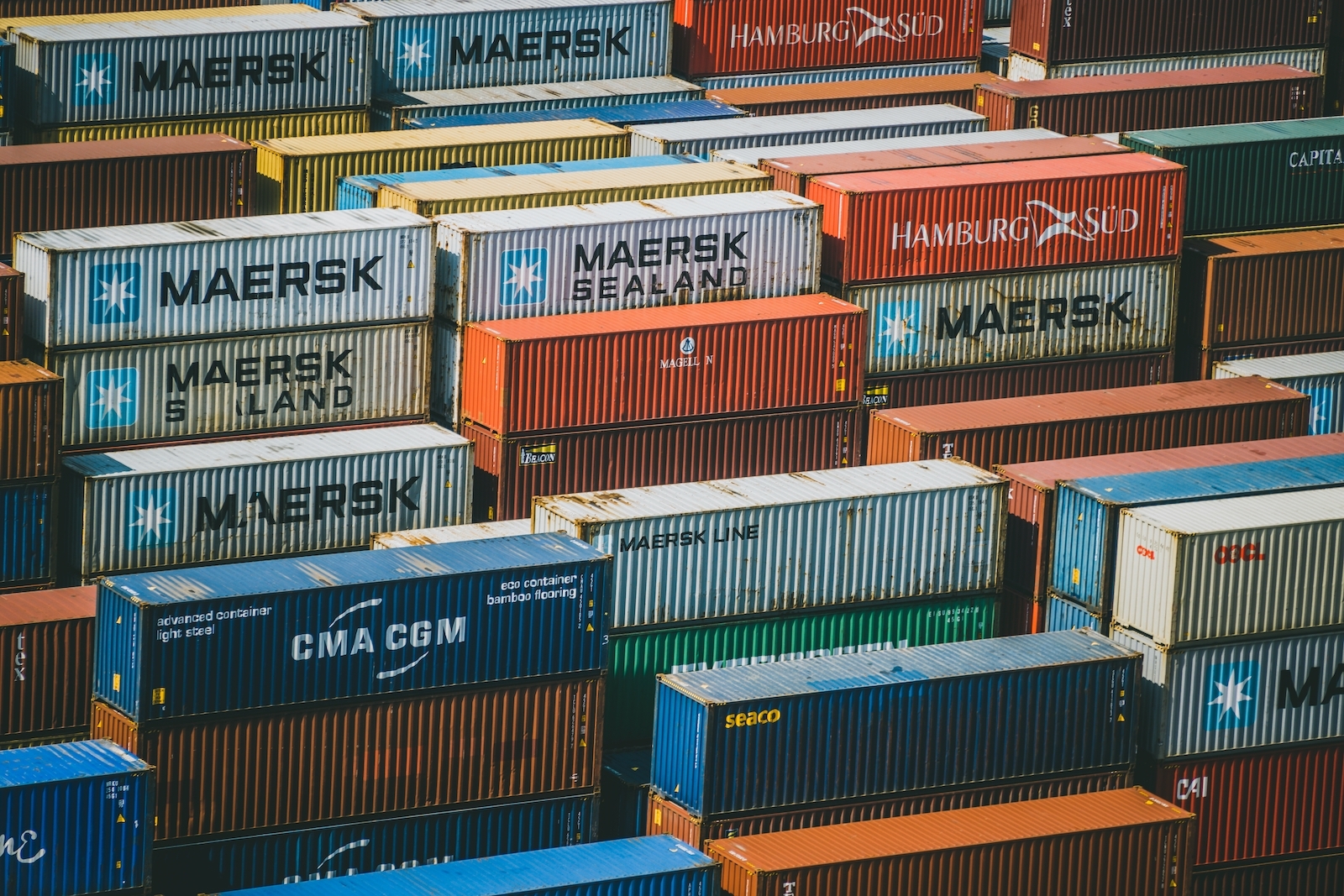
De-Globalization and the Rise of Trading Blocs
The global set of rules and trade practices that have been in place since the end of the Second World War are slowly evolving into a global multipolar balance of power and trading blocs. The main reason for this change of norms has not been accomplished by war so far, but rather through a weariness on the part of the United States in providing the structure of the current established order.
Prior to the Second World War, the structure of global rules of trade was established by Europe, by the acquirement of colonies and empires. In the words of geopolitician Peter Zeihan, the developed world traded ammo, and fought wars to determine who would have access to the raw materials needed by colonial powers in order to enrich their economies.
After the Second World War, the United States arranged for a trade-based world economy by agreeing to provide a secure and stable environment on the world oceans to facilitate peaceful trade based on economics and market-based economies.
In parallel to this development, the United States participated in a long and mostly peaceful struggle with the then-Soviet Union as to which economic system, capitalism or communism, would dominate the global economy.
Seventy-seven years after the end of the Second World War, the United States is slowly starting to withdraw from the world, and in particular from the Middle East. With its oil shale fields and the Green River Formation which has 4.2 trillion barrels of oil by itself, the United States is energy independent.
The United States is slowly, but surely, forming a trading bloc which will further its economic interests as well as the economic interests of its closest allies.
Those areas that the United States feels are crucial to its national security interests, will develop economic, political, and military ties to facilitate forming a trading bloc. Most notably this will be in Asia to include Japan, South Korea, Australia, Thailand, the Federated States of Micronesia, Palau, and Singapore. It is possible that the Philippines would be included, but that depends upon the Philippines and its willingness to join such a trade bloc.
Those parts of Europe, specifically the United Kingdom, Norway, Denmark, and possibly Spain, that the United States believes are crucial to its own security, will also receive the attention and resources from the United States to assist their economic development and national security. Canada and Mexico would also be a part of any trading bloc the United States forms.
Resources of the United States
The United States enjoys several advantages based on its geopolitical location.
To its north is Canada, and to the south is Mexico. Both borders have natural terrain features that favor defense. To the north, there are the Great Lakes and forests. To the south, there is the Rio Grande River as well as deserts. Both of these countries are friendly to the United States, so the United States does not have to station a large number of military forces to protect its borders.
The United States is an agricultural world power. Agriculture contributes over $1 trillion to the U.S. economy, even while paying farmers a subsidy not to plant crops in order to prop up agricultural prices. In need, the United States has enough reserve arable land to rapidly increase its agricultural needs and supply those in its trade bloc if necessary.
The United States is still a manufacturing power. The United States is the second-ranked manufacturing power in the world. While globalization contributed to the decline of U.S. manufacturing after the Second World War, the United States has recently seen a rebound in manufacturing activity due to tariffs that former President Trump imposed on China, and the more inexpensive cost of fuel needed to power American factories.
The advent of COVID-19 has also powered the return of manufacturing to the United States. Besides the disruption of supply chains relevant to the COVID-19 virus, there has been an increase in the use of robotics and artificial intelligence in manufacturing, increasing productivity and decreasing the variable cost of labor in the United States.
In short, the United States is more than capable of manufacturing the finished goods a first-rate economic power, and its allies, need.
The United States is a first-class military power. Combined with the naval assets of the United Kingdom, Japan, and Australia, the amount of sea power available to the United States and its allies is overwhelming.
U.S. allies and their contributions to a trading bloc
The United States is closely aligned with two major economic powers, the United Kingdom and Japan.
Japan has a GDP of $5.07 trillion. Japan has a large manufacturing base and is technically advanced.
While in the past, there was a problem with Japanese xenophobia, that apparently is in the past, as Japan has opened up its borders, and there is little anti-immigrant strife.
Japan has a favorable geopolitical position in that in essence it is an unsinkable aircraft carrier close to the Asian mainland.
The United Kingdom has a GDP of $2.7 trillion. The economy of the United Kingdom is based on services, manufacturing, construction, and tourism.
The geographical position of the United Kingdom is obvious. Like Japan, the United Kingdom’s proximity to the Eurasian continent makes it an unsinkable aircraft carrier. It is large enough to host considerable land forces, such as it did during the Second World War.
Such a trading bloc would bring advantages for every nation inside the bloc. All have representative governments, all have a form of capitalistic economies, and all have strong records of respecting human rights.
With other world trade blocs forming, or in the case of the European Union have already formed, it now makes sense for the United States to form its own trade bloc.
